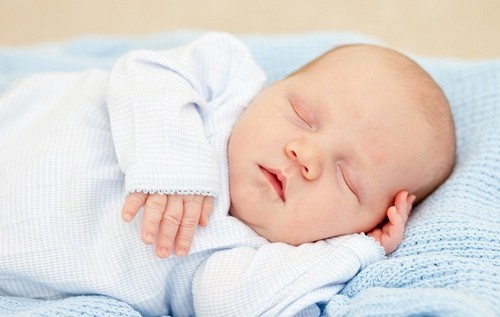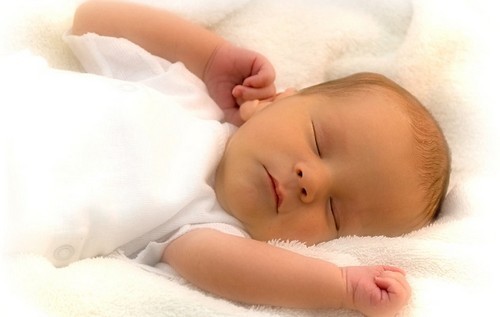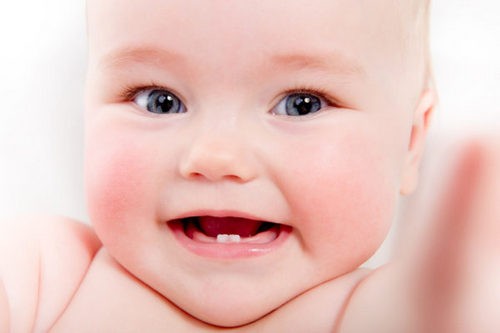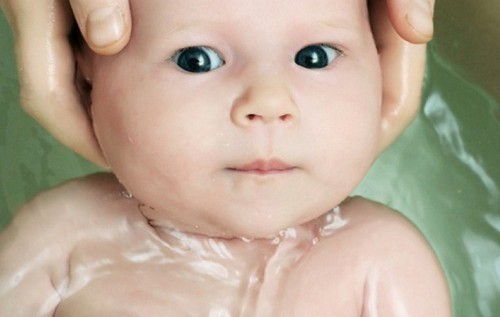Most newly minted parents have a number of questions related to the care of their baby. How to bathe and swaddle? Is it worth it to carry out special manipulations with the penis?
How often can diapers be used and will this not affect the baby’s reproductive system? Caring for a newborn boy has its own rules, which require careful implementation.
The skin of a newborn baby in the first days after birth is covered with a thin layer of primordial lubricant. It is a kind of barrier to infections and reduces the sensitivity of the skin.
The baby’s skin color has a reddish tint for the first three days, and after the primordial lubrication disappears, it acquires a yellowish tint, which indicates jaundice.
First days of life
Jaundice is not such a serious disease for a newborn. As a rule, she leaves on her own in a week. Sometimes a yellowish tint of the skin is a common reaction of the body to vaccinations that the baby does in the hospital.
But sometimes this disease flows into a more serious form, medication and sometimes hospitalization are already required here.
The baby’s skin in the first months of his life is very sensitive to water, touch, sunlight, and, of course, to the detergents that parents use when bathing. The skin of the newborn is only 0.4 mm thick, while the thickness of the skin of an adult is 2 mm.
For this reason, newborn babies very often experience various skin infections, rashes and redness. Therefore, it is necessary to take seriously the choice of detergents for the newborn.

Intimate hygiene
Intimate hygiene of a newborn boy includes not only frequent diaper changes, but also washing and navel processing. Failure to comply with all personal hygiene standards can develop in a boy:
- balanoposthitis;
- phimosis.
Balanoposthitis is an inflammation of the penis, in which the baby has redness of the foreskin and pain when urinating.
Phimosis is the adhesion of the foreskin to the glans penis, does not cause pain, however, it can extremely negatively affect the baby’s sexual activity in the future. This defect is corrected only surgically.
Wash the baby after each diaper change, that is, every 2 to 3 hours. In this case, you need to do this under warm running water. Since when washing it in a basin or other container, bowel movements may remain in the water, which can cause various diseases of the child urogenital system, and this can also lead to skin irritation and diaper rash.
Unlike girls, boys can be washed in absolutely any direction (from top to bottom or from bottom to top, there is no difference). The use of manganese and soda solutions is not recommended – they dry the skin, upset the natural imbalance and destroy the glycolipid mantle.
After water procedures, you do not need to immediately put on a baby’s diaper. Air baths have a beneficial effect on the skin of a newborn, and the more of them, the better. If irritation occurs, the inflamed areas of the skin should be treated with hygienic oils (no need to lubricate the scrotum and penis), for example, olive or almond. You can buy them at any pharmacy.
If you notice a swelling of the penis of the newborn during urination and its redness, the baby should be urgently shown to a pediatric urologist, especially if this baby is very worried.
Foreskin
Before mothers of newborn boys, the question always arises – should the foreskin of the penis be moved away and when should it be started?
Doctors are divided on this point. Someone believes that you do not need to touch the foreskin at all until 5 – 6 years. Opening the head is a natural process that must take place independently. Others believe that this must be done already from the first days of the baby’s life and up to 1 – 2 years, the head of the penis should open freely. Allegedly, if this is not done, then the last stage of phimosis may develop, which is fraught with for the baby’s reproductive system.
When a child is born, its foreskin is firmly attached to the glans penis, which is considered the norm, and in medicine this phenomenon is called physiological phimosis. He poses no threat to the baby’s health.
Premature displacement of the foreskin can lead to the formation of wounds, the healing of which does not pass without a trace. Scars remain, which is why the foreskin becomes narrower. Therefore, you should not touch it ahead of time, but it is best to consult a urologist who will tell you when to start and how to properly carry out this procedure.

If the child was circumcised, his penis for the first 7 days will be slightly swollen and have a red color, and a yellowish secretion will occur. Redness and swelling should gradually disappear, and a yellow crust should not form on the foreskin. With its presence, it is urgent to go to the doctor.
Diapers: yes or no?
To put on a baby a diaper or not is an individual matter of every mom. But there is an opinion that their frequent wearing leads to overheating of the baby’s genitals, due to which there is a violation of their natural formation and the process of sperm production. Of course, this alarms young mothers and they refuse diapers.
However, scientific studies have proved that diapers overheat the genitals at only 2C, and this in no way affects their formation. The main thing is that they fit the child in size, do not squeeze the scrotum and penis, and also do not cause allergic reactions.
As a rule, an allergic reaction in a newborn can occur not on the diaper itself, but on the materials from which it is made. Therefore, very often a banal change of a manufacturing company helps to get rid of this problem. However, abusing their wearing is still not worth it. It is best to use “natural swaddling systems” – they are not only more environmentally friendly, but also more economical.
Diaper rash on the inguinal folds of the baby may also occur. However, this does not mean at all that he was being improperly taken care of. Diaper rash can be symptoms of the initial stage of atopic dermatitis. If they appear, consult a doctor. More on how to choose the sizes of clothes for newborns by months →
Bathing
Bathing newborns is primarily necessary to cleanse the skin of the vital products of the sebaceous and sweat glands. The first six months of his life, the baby’s skin has a neutral pH, which makes it vulnerable. And after 6 months, a protective layer of the glycolipid mantle forms on it, which must be especially protected and not exposed to alkaline detergents.
The water temperature should not exceed 36.6 – 36.8 C. The duration of bathing is 5 – 10 minutes. After the baby you need to take an air bath. The baby’s skin needs to be moisturized, for this you can use olive, almond or other oils of natural origin. Particular attention should be paid to the area behind the ears, crusts may form there.
The first six months of a newborn baby must be bathed every day. Then after 1 – 2 days.
We clean our nose, trim our nails
Caring for a newborn boy involves both cutting the nails and cleaning the nasal passages from the crusts, which interfere with the normal breathing of the child through the nose.
The nose is cleaned as follows:
- twist a flagella from cotton;
- moisten it in baby hygiene oil;
- insert a moistened flagellum into each nasal passage about 1 cm;
- scroll it in different directions with light movements;
- crusts under the influence of oil will soften and easily be removed from the nasal passage with the same cotton flagellum.
To cut the nails of a newborn is necessary as they grow back. To do this, buy manicure scissors with rounded ends or tweezers. Before each use, the tool must be treated with alcohol.
Trimming your nails is best when the baby is in a calm state and a state of deep sleep. Take the handle of the baby, securely fix his finger, and carefully, trying not to leave chipping, cut the nail. Do not trim the nail under the “root”, as the likelihood of infection will increase.



